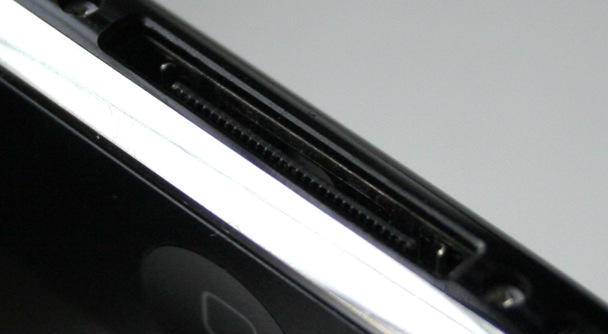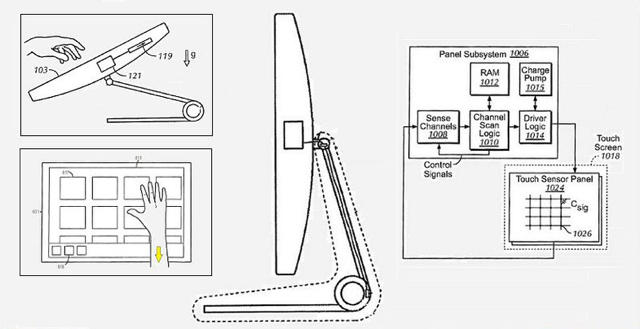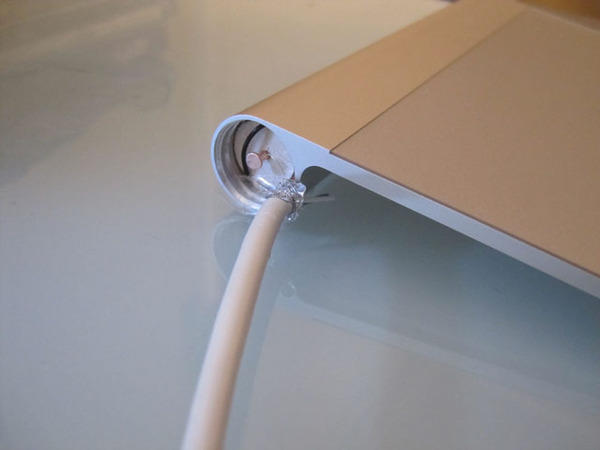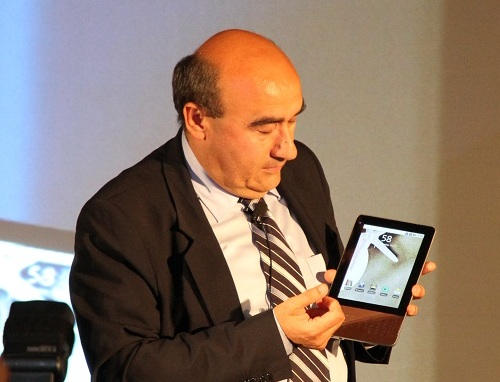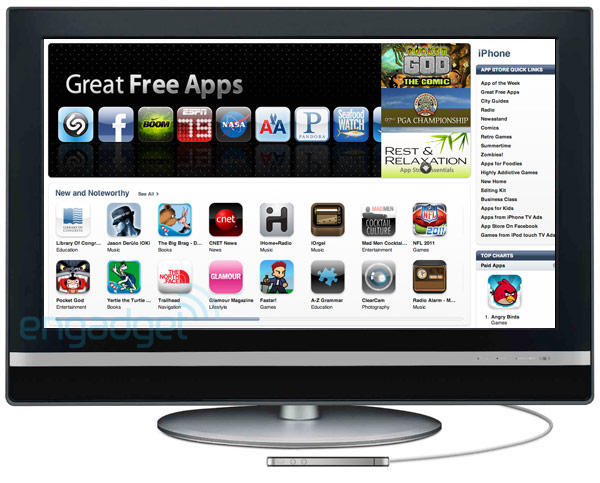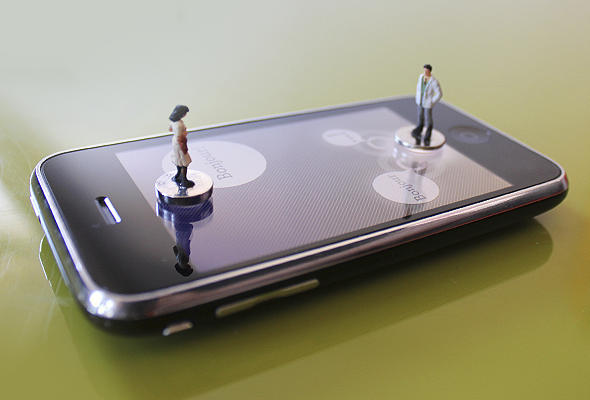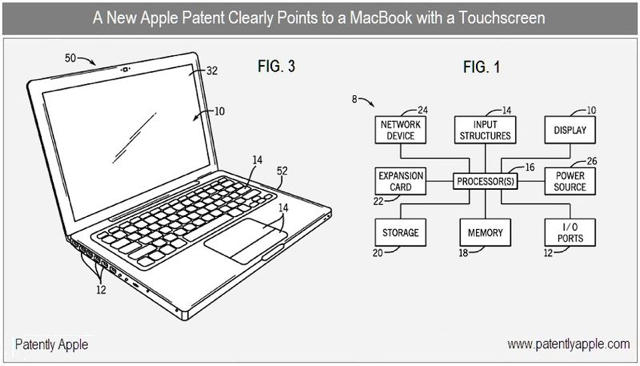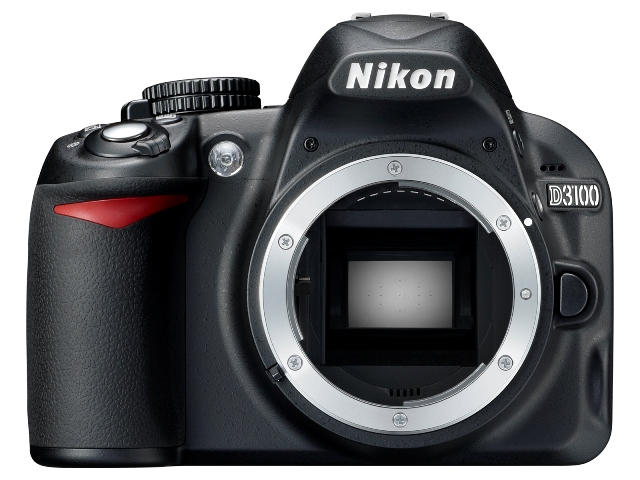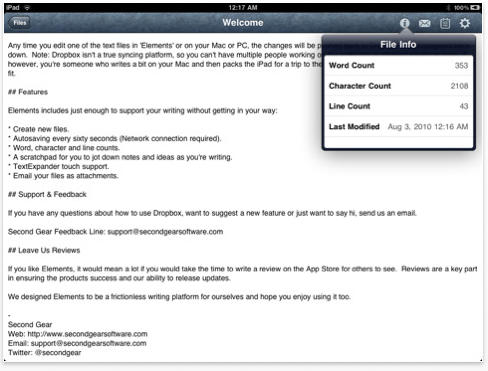If you’re like us, you’ve got some serious requirements when it comes to a dock. In my house, we’ve got a couple iPads, an iPhone, a couple iPod Touches and even an old 160GB iPod Classic kicking around, always hungry for an umbilical to recharge. We’ve got a handful of docks for these devices, but if there was only some sort of uber dock that consolidated the syncing and charging of all our iDevices into one powerful, attractive desktop dock.
We’re delighted to discover today that there is just such a dock: the iPADock from PhotoFast Co.. This baby’s a beast: using this dock, you can sync and charge up to four iPhones, any iPod and up to two iPads at once. Wow.
And that’s just what you can slam into the dock. If you need to sync more Apple devices, there are seven USB ports in the back (although only four are powered), as well as a connector for the iPad Camera Connection Kit. There’s even several memory card readers, including Compact Flash, SD, SDHC, SDXC, mini SD, mini SDHC, micro SD, Sony’s MemoryStick and micro SDHC.
Amazing, particularly in this compact form factor. It’s also extraordinarily cheap: just $70 all told for all of this docking goodness. Consider the iPADock officially added to our Christmas lists.






